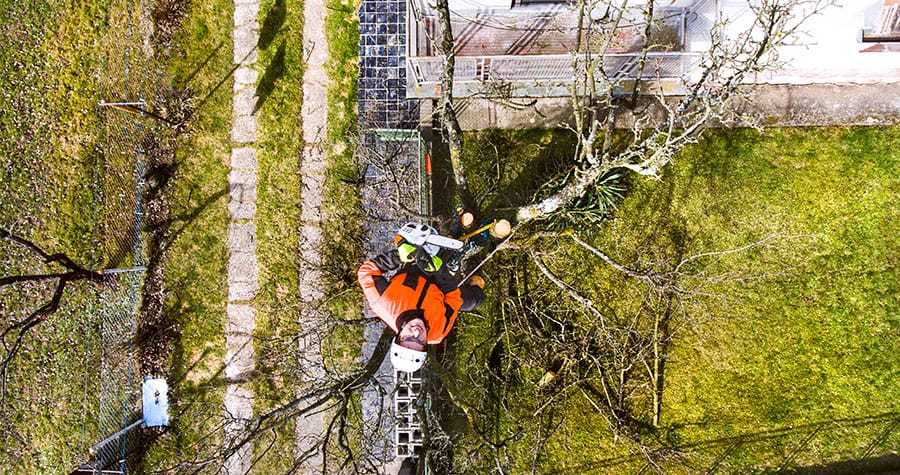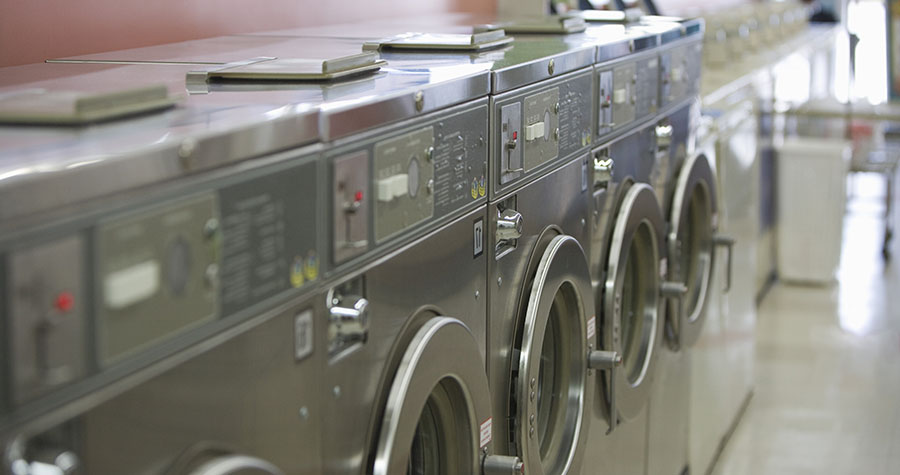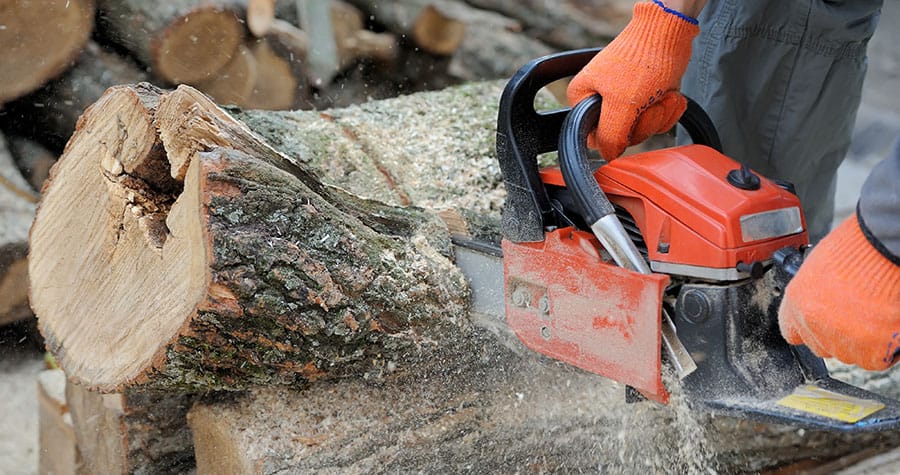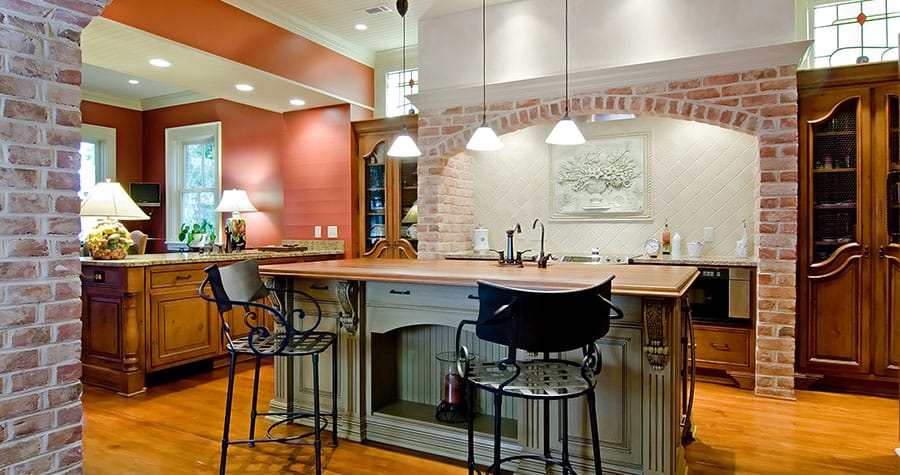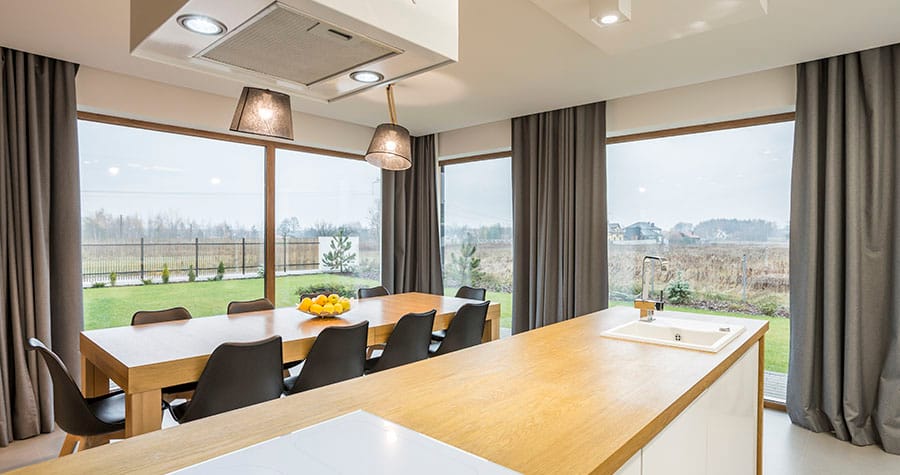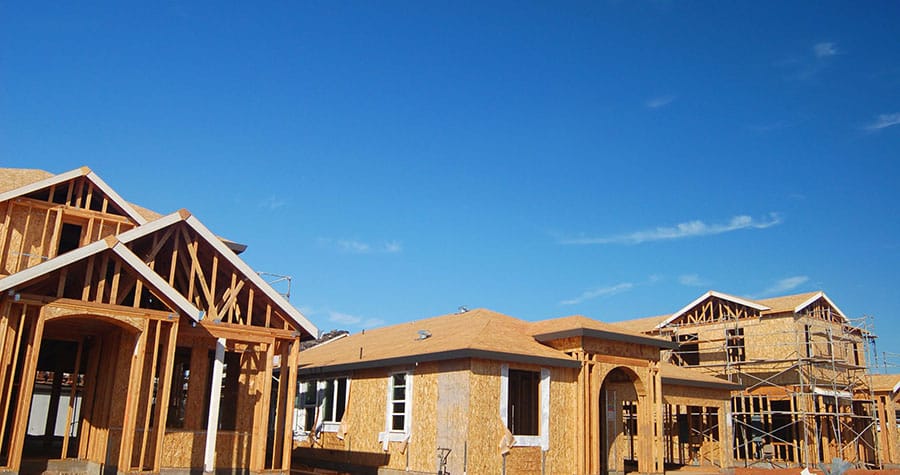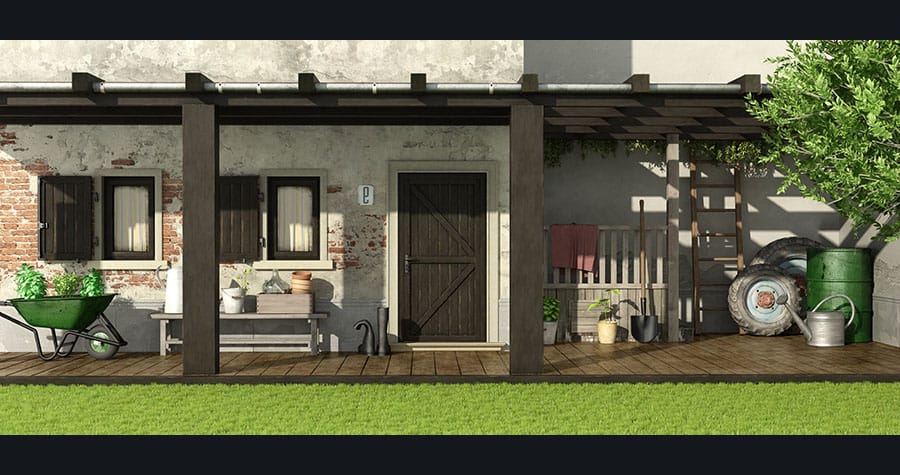Experiencing a flooded basement or a burst pipe can be overwhelming, but understanding the process of water damage restoration is crucial to protect your property and health. In moments like these, it’s urgent to act swiftly and effectively to prevent further harm. Professional technicians assess the extent of damage, remove excess water, and restore your home to its original condition. This guide will walk you through each phase, offering clear insights and practical advice for both water and mold challenges, ensuring you feel confident and well-prepared.
Recognizing the Signs of Water Damage
Water can seep into walls, ceilings, and floors without immediate notice, yet certain symptoms signal trouble. You might spot stains on drywall or detect a musty odor in enclosed spaces. Warped wood or buckling floors often reveal hidden moisture trapped beneath surfaces. Early identification allows you to address problems before they worsen, saving both time and money. By familiarizing yourself with these warning signals, you can promptly enlist professional help and minimize structural harm.
Initial Assessment and Inspection
A thorough inspection lays the groundwork for a successful repair. Certified experts use specialized tools such as moisture meters and infrared cameras to pinpoint wet areas behind walls or under carpets. This step ensures no pocket of dampness is overlooked, as lingering moisture can lead to long-term issues. The inspection phase also involves documenting damage for insurance claims, requiring clear photographs and detailed notes. Accurate records streamline the restoration process and facilitate prompt claim approvals.
Water Extraction and Drying Techniques
Once the assessment is complete, the focus shifts to extracting standing water and initiating the drying process. Powerful pumps and vacuums remove large volumes of liquid, while air movers and industrial dehumidifiers draw out residual moisture. Technicians may set up containment barriers to prevent cross-contamination between affected and unaffected zones. Proper airflow and humidity control are vital to avoid secondary damage like swelling or delamination of materials. With diligent monitoring, the space gradually returns to safe humidity levels.
Cleaning, Sanitizing, and Restoration Methods
After the area is dry, cleaning and sanitization follow. Surface contaminants and bacteria often accompany water intrusions, especially from sewer backups or floodwaters. Technicians apply antimicrobial solutions to disinfect the space, protecting against potential health hazards. Damaged materials such as drywall, insulation, or carpeting may require removal and replacement. Skilled craftsmen then rebuild and finish surfaces to match your home’s original appearance, blending in new materials seamlessly. Attention to detail during this phase restores both function and aesthetics.
Structural Repairs and Material Selection
Repairing structural elements is a critical component of the restoration journey. From reinforcing joists to replacing subflooring, specialists ensure your home’s foundation remains secure. When selecting materials, factors like water resistance and durability play a key role. For example, water-resistant gypsum board or treated lumber can offer extra protection against future leaks. Proper installation techniques and quality workmanship guarantee long-lasting results, reducing the likelihood of repeat water events.
Preventive Strategies and Maintenance
Once repairs are complete, it’s wise to implement measures that guard against future incidents. Routine inspections of plumbing lines, roof flashing, and basement seals help detect vulnerabilities early. Installing devices like sump pumps with battery backups can provide additional security during heavy rains or power outages. Simple habits such as keeping gutters clear and grading soil away from the foundation also contribute to a resilient home. Preventive actions cost far less than full-scale repairs and provide peace of mind.
When fungal growth is discovered, swift mold remediation Gaithersburg prevents further spread and protects occupants. Technicians begin by establishing containment barriers and deploying HEPA-filtered vacuum systems to capture spores. They then use thermal imaging to locate hidden moisture pockets and perform targeted drying to eliminate damp conditions. Once the area is dry, surfaces receive antimicrobial treatments to inhibit regrowth, and thorough inspections confirm that all traces of mold are removed. Throughout the process, strict safety measures and personal protective equipment ensure a secure environment for both workers and residents.
Understanding Mold Growth and Its Risks
Moist environments create ideal breeding grounds for mold, which can appear within 24 to 48 hours after water exposure. Hidden mold colonies lurk behind wallpaper, inside HVAC systems, and beneath flooring, often going unnoticed until they spread. Mold spores release airborne particles that trigger allergic reactions, respiratory problems, and other health concerns. Recognizing early signs—such as dark spots on surfaces or persistent sniffles—is the first step toward remediation. Acting quickly can limit damage and protect household members.
Professional Mold Damage Assessment
Before tackling mold, professionals conduct a detailed evaluation, sampling air and surface contaminants to identify species and concentration levels. This diagnostic phase informs the remediation strategy, ensuring safe removal and effective prevention of recurrence. Technicians also check for hidden moisture sources, as untreated dampness will allow mold to return. A comprehensive plan may involve containment, negative air pressure systems, and personal protective equipment to keep both residents and workers safe throughout the process.
Mold Remediation Techniques and Best Practices
Remediating mold involves more than simple cleaning; it requires precise protocols to eliminate colonies and prevent spread. Contaminated materials deemed unsalvageable—such as porous drywall or ceiling tiles—are carefully removed, sealed in bags, and disposed of following safety guidelines. Remaining surfaces undergo scrubbing with specialized cleaners, followed by HEPA vacuuming to capture microscopic spores. After cleanup, applying mold-resistant coatings helps inhibit future growth. Final clearance tests confirm that mold levels fall within acceptable ranges, giving you assurance of a job well done.
Health Precautions and Personal Safety
Whether dealing with water or mold damage, safeguarding your health is paramount. Wear appropriate protective gear, such as gloves, goggles, and respiratory masks, especially in heavily contaminated areas. Ensure adequate ventilation and avoid direct contact with floodwater or mold-infested materials. Vulnerable individuals—children, the elderly, or those with preexisting respiratory conditions—should steer clear of work zones. Strict adherence to safety protocols minimizes exposure to harmful agents and fosters a secure environment for cleanup.
Insurance Claims and Cost Considerations
Navigating insurance claims can be daunting, but understanding common policy terms simplifies the process. Coverage often includes sudden and accidental water damage, yet exclusions may apply to long-term neglect. Documenting every step—inspection reports, invoices, and photographic evidence—strengthens your claim. Many insurers work with preferred vendors, speeding approvals and disbursements. Discussing deductibles and potential out-of-pocket expenses upfront helps you budget for both restoration and mold remediation efforts.
Conclusion
Maintaining a dry, healthy home demands vigilance, swift action, and collaboration with skilled professionals. Whether you face flooding from severe storms or hidden leaks, early intervention protects both your property and your well-being. By understanding each phase—from initial assessment through mold removal Silver Spring and repair—you can approach restoration projects with confidence and clear expectations. Embracing preventive measures and routine maintenance ensures your home remains a safe, comfortable haven for years to come.


